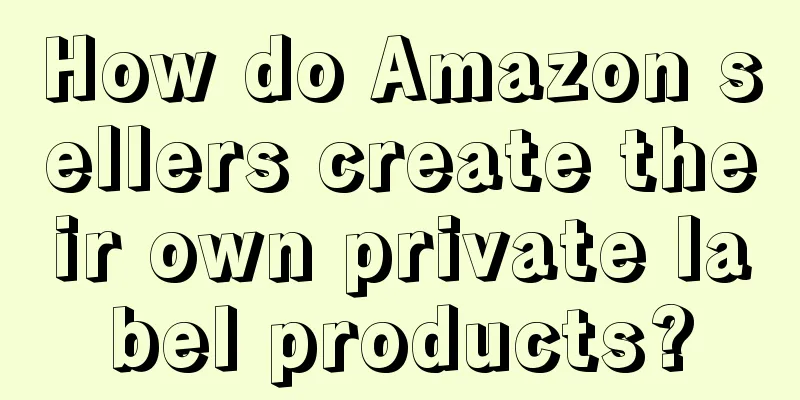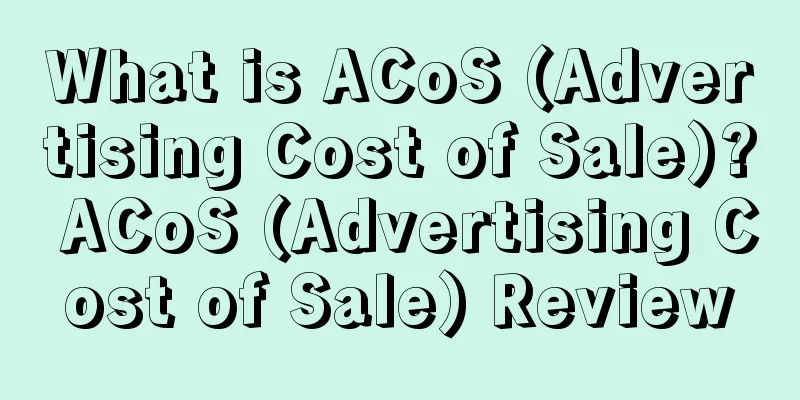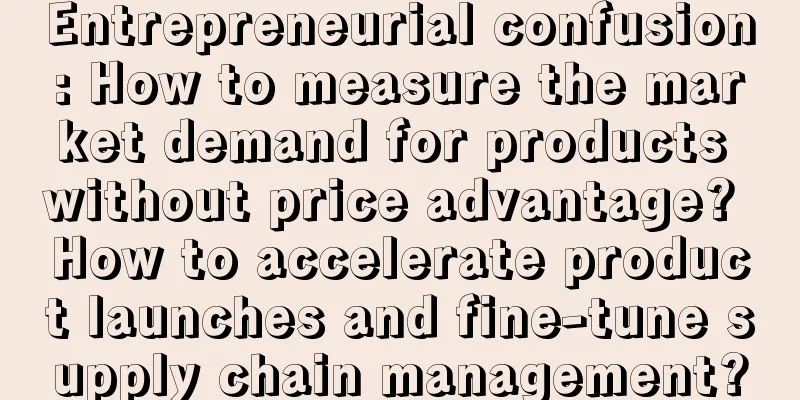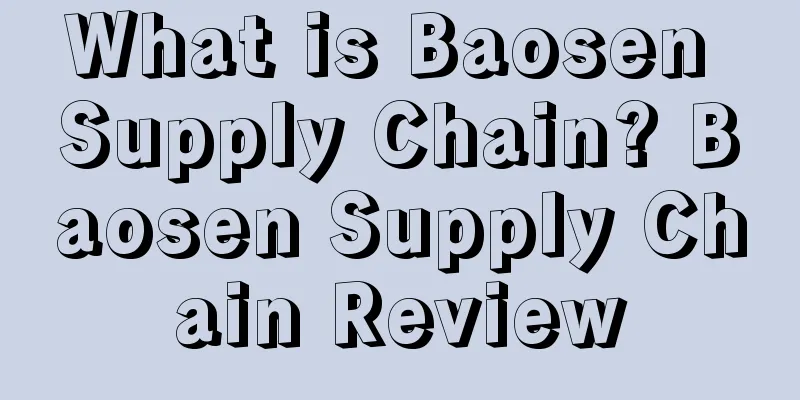How do Amazon sellers create their own private label products?

|
Close your eyes and think about what kind of e-commerce business is both more profitable and less troublesome.
Isn’t this what we are talking about Amazon’s private label business? The biggest benefit of selling private label products is that there is no competition. However, even if you have a great product idea, you won’t make much money if there is no strong demand from your audience. That’s why private label products and Amazon FBA shipping are a powerful combination. If you do your homework and find a good product, Amazon will handle the rest of the shipping and customer service. This article will tell you everything about how to sell your first private label product using Amazon FBA, and cover budgeting, product research, sourcing information, and how to optimize your listings to improve rankings. What is private label? First, let’s talk about private label inventory. Private label sellers typically source their inventory from suppliers all over the world, which they can buy at lower prices and then resell on Amazon to make more profit. Private label products are products that are originally unbranded and untrademarked, but are OEMed. For example, it's not like an Otterbox phone case, but just an unbranded, durable, generic phone case that's OEMed. If you’re still wondering: Who would buy private label products over big brand products? You might be in for a rude awakening. These private label products can often outperform many big-name brands, especially when the product style is well designed and the Amazon product page is well optimized. Here is an example of a private label product that a consumer recently purchased. The consumer recently wanted to buy some kitchen tools mentioned in a recipe online, one of which was a pastry brush. When he searched for "pastry brushes" on Amazon's official website, the following interface immediately popped up: You’ll find that this brush set isn’t a big-name product. It’s not a well-known brand like Oxo, Williams Sonoma, or Wilton, but it ranks high in Amazon search results and has hundreds of positive reviews. It was because of these favorable comments that the consumer finally chose to buy this oil brush. In addition, as can be seen from the product listing, this brush has multiple uses. There are 4 brushes in a set, and it is very light. The whole delivery box weighs only about 226 grams. So you can see that the cost of a product is very low, but the profit margin is still very large. (But it is not recommended that you really choose to sell products at this price). The product had an average 90-day ranking of 8425 in the Kitchen and Dining category, with sales of approximately 400 units per month. The biggest advantage of such private label products is that there is only one seller, which means that the owner of this brand is also the only seller, so he does not have to share the market with anyone. How much money do you need to start a private label? Now that you understand what private label products are, let’s break down why private label is a business opportunity. When it comes to private label, sellers often ask: How much startup capital do I need? Unlike retail arbitrage or online arbitrage models, private label is purchased in bulk. You need to place a large order at one time to get a lower price from the supplier. Because of the minimum order quantity requirements, you will need to spend more money than regular Amazon sellers to build your own brand. If you want to start your own brand, it is recommended that you have at least $3,000 in starting capital. This should include the first batch of inventory and shipping costs. So what other costs do sellers need to pay besides Amazon inventory? Suppose you have a computer, if you want to save money, you may need to buy:
So even if you purchased all of the above items in advance, you'd still have over $2,500 to spend on inventory. You can then use some of the profits you made initially to purchase a second batch of inventory. The more profits you can reinvest in your business, the faster your business will grow. As a private label seller, you also need to invest time. Starting your own brand isn’t going to make you rich overnight. Because you have to spend money to buy inventory, your first investment may not be profitable for 45 days. So if you need money to pay off a loan in the short term, starting your own brand may not be for you. But with a little patience, private labeling can become a reliable source of income. Combine Amazon FBA delivery and sell private label products First, private label products can theoretically be sold anywhere. You can order the product and sell it on Shopify, eBay, or even your own website. But the customer base of these sites is nothing compared to that of Amazon, especially with Amazon's Prime membership. To attract Amazon's Prime members, you need to take advantage of its FBA shipping service. Send your inventory to Amazon's logistics center, and Prime members can buy your products. Secondly, with Amazon FBA shipping, sellers don’t have to manage logistics and delivery themselves at all. For private label sellers using FBA shipping, most of the work is done in advance: research and product selection. Once you ship your inventory to Amazon warehouses, Amazon will take care of the rest. This means that you don’t have to waste time thinking about all the logistics issues before getting your products to your customers. Selection of private label products So far, we have introduced the benefits of combining private label with Amazon FBA delivery, namely: sellers can have a large customer base and Amazon is fully responsible for logistics services. But how do private label sellers ultimately find the “perfect” product? One that customers actually need or at least want to buy? You can greatly increase your chances of business success by doing extensive research on various products before purchasing them. The selection of private label products can make or break your business, so this step is essential! You can find inspiration by browsing the best-selling product rankings on the Amazon Best Sellers page. Once you have a general idea of the popular products on Amazon, you can start doing more research. You can use product selection tools to help you find good, niche products on Amazon, and use tools to see the demand for other products in your niche, as well as important information such as sales velocity and potential profit. Once you have found some popular products on Amazon, in addition to choosing products to ship using FBA, you also need to consider: (1) Price As a new private label seller, don’t choose to sell low-priced products (such as the paint brush set mentioned above). Low-priced products do not have enough profit margins, and if there are competitive products with lower prices, there will be no profit at all. Products priced between $25 and $40 will have a little wiggle room, allowing you to make a good profit. (2) Competition You probably want to be competitive. If your product is listed on the first page of Amazon search results and there are 1,000 similar products with 5-star reviews, it will be hard for your new product to stand out. Ideally, competitive products will be popular (i.e., have low Amazon Best Seller Rankings) but will have relatively few product reviews. (3) Size Because with Amazon FBA, you typically pay higher fees for large or heavy items. By conditionally searching for relatively small and light products, you can save a ton of money. (4) Risks If you don’t want to take risks, avoid products with high return rates on Amazon. Electronics are often returned for reasons such as not working properly. Glass-related products may also be frequently returned due to damage during shipping. (5) Profit Before choosing a product, the most important question is whether the product can make money. At this time, you can use the Amazon FBA Revenue Calculator so that you can know the profit in advance. Of course, your actual product won’t appear in Amazon’s system yet, but you can pick a similar product (same category, similar size/weight) and see the fees. Find and purchase inventory Before you purchase a product, you should know exactly what you want to purchase. You have verified that there is a market demand for the product and know that it will be snapped up as soon as it arrives at an Amazon fulfillment center. Now you just need to find the right product at a reasonable price! Most private label sellers will look for reasonably priced manufacturers on Alibaba, and new private label sellers can also choose AliExpress. Once you’ve found a manufacturer, you can review (and negotiate with them) the price of your product. Don’t forget about other pricing factors, like minimum order quantities or dollar amounts. You’ll also need to save some money for shipping. When you arrange your shipment, you can choose to send your first shipment to:
If you choose option 3, you will have to work with the supplier to get their brand support. They may also have to do some preparation work for your product, so you will have to discuss it with them via email. For new private label sellers, the first option is a viable path. You will have the opportunity to conduct quality control on your products and ensure that they are exactly as expected. Once you have worked more with your supplier, you can then work with a fulfillment center or ship directly to Amazon. If you plan to put your own brand label and do your own brand packaging, then you need to send the items to your designated address. Sometimes you can negotiate with your manufacturer to put your brand name on the product or box for you. As your business grows, your options for arranging shipments will also expand. Be sure to choose the one that is best for your business. Optimizing Amazon product listings Just because you’re waiting for your product to arrive doesn’t mean you can’t do anything! This is the perfect time to create a listing for your product on Amazon. For online sellers, your product page can influence your sales and also determine whether you can attract potential buyers. Creating and optimizing the perfect listing is a science, and you need to constantly test to see what works. It is also an art, and you always have to consider the needs of buyers when creating your listing. Here are the essential components of an effective Amazon product listing: 1. Product photos : Amazon has specific guidelines. You can take photos yourself or have a professional product photographer take them for you. 2. Title, product description and bullet points : When you write a title that attracts consumers, you can add some keywords. However, the text must be correct. If you can't write it yourself, you can ask a professional to help you. Here’s an example of a product image. This is another oil brush, but this one is ranked at 200,000 (whereas the brush set we talked about earlier is ranked at 8,000). This photo does not have a clear white background (Amazon’s requirement), and the buyer cannot see the product clearly. This photo is not a very professional photo. What’s worse is that the product listing is not well written. The seller did not fill in the product details at all, but used the product description as a five-point description, as shown below: In addition, there are grammatical errors in the copy. It looks like the seller just filled in the content according to the template, but they left the template problems in the listing. This instance is not an example of a good product listing. However, it doesn’t take too long to search the Amazon product interface to find this negative example. You need to spend extra time and effort to ensure that the listing you write is professional and can compete with other product listings. Sell products and resell them As you can see, private labeling actually requires some upfront expenses and a lot of research. Once you’ve invested time and effort into picking out the perfect product and creating a great listing for it, you can let Amazon take care of the rest. If your first batch of stock sells out quickly, you can order a little more next time. In the end, you will have a better idea of your stock sell-through rate. Being able to order stock accurately means you will be able to maintain an ideal stock but not spend too much on storage fees. As your business grows, you can start adding paid advertising and asking for reviews to drive more sales, but for now, you have to get your first product listed on Amazon. Text✎ Zhu Meiying/ Statement: When reprinting this article, the title and original text must not be modified, and the source and original link must be retained. |
Recommend
Amazon Second Review Rescue Guide! No More Fear of Getting Stuck After Reading
In the cross-border e-commerce industry, Amazon, a...
What is profusion cosmetics? Profusion cosmetics review
Profusioncosmetics is a brand website that sells b...
What is Shopify Ping? Shopify Ping Review
Shopify Ping is designed to help sellers on the Sh...
The sales performance is revealed! Kuaishou's half-year revenue is 9.1 billion, Aosen's net profit is 1.7 billion, and only Lechuang is scolding the fund manager!
In the past few days, I have read the first half f...
Shooting occurred in FBA warehouse! Amazon urgently closed
Everyone has been troubled by the FBA warehouses t...
To stimulate clothing sales! Walmart launches enhanced virtual try-on feature!
<span data-docs-delta="[[20,"刺激服装销售!沃尔玛推出增...
What is ZoodMall? ZoodMall Review
ZoodMall is a mobile shopping app from Switzerland...
Practical tips for promoting new products on Amazon
With the rise of cross-border e-commerce, Amazon, ...
What is Rufavor? Rufavor Review
Harbin Russia Best E-Commerce Co., Ltd. (Russia Be...
More than 110,000 mattresses recalled by CPSC! Available on Amazon and other platforms
It is learned that the U.S. Consumer Product Safet...
What is Shopzilla? Shopzilla Review
Shopzilla is one of the world's largest compar...
Valentine's Day spending in the U.S. will hit a record high of $27.5 billion in 25 years, with online shopping still dominating
It is learned that recently, according to foreign ...
What is Yuanchuang International Logistics? Yuanchuang International Logistics Review
Yuanchuang International Logistics is a high-quali...
Amazon products suddenly cannot be searched? What to do if they are marked as adult products
When the order volume of a product suddenly drops...
What is Beru.ru? Beru.ru Review
Beru.ru is an e-commerce platform jointly launched...









